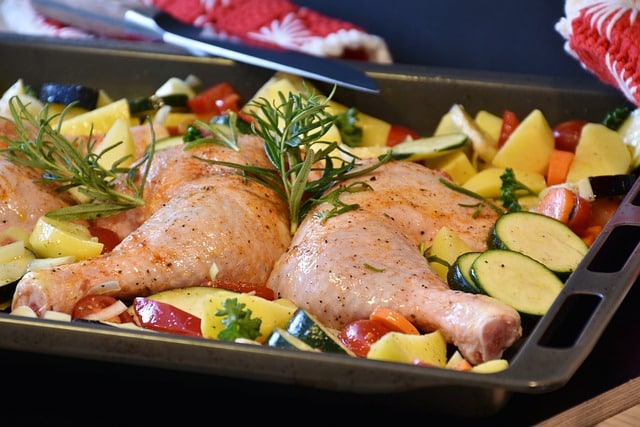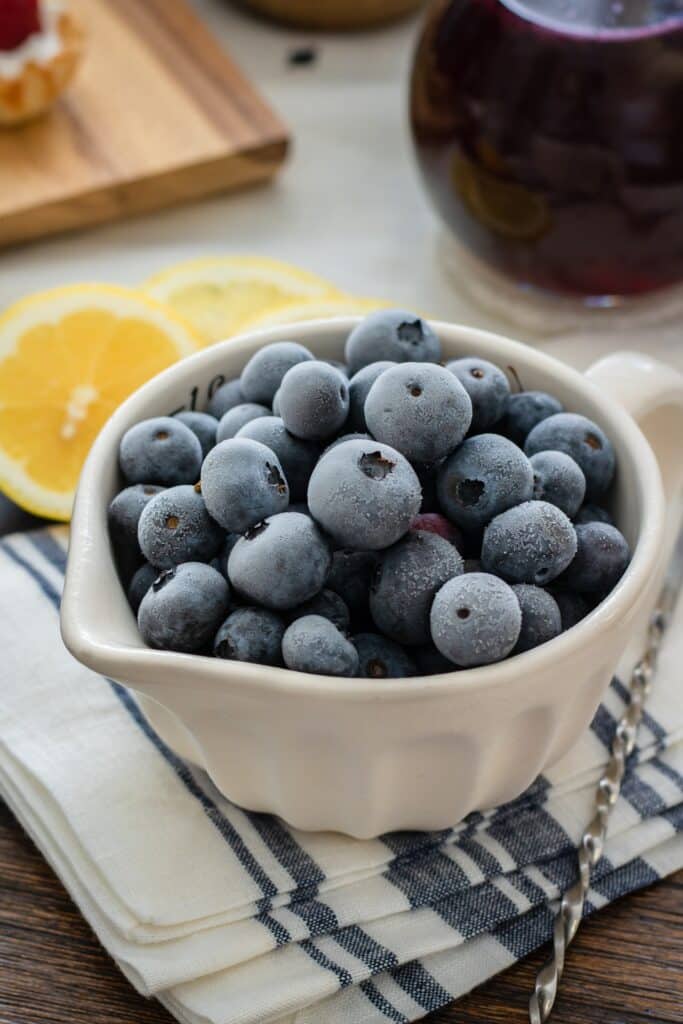Introduction – What Is Zero-Waste Meal Prep
Zero-waste meal prep is a term used to describe the process of preparing food in a way that results in very little or no waste. You can do this in several ways, but some of the most common include using all of the edible parts of food (such as the skin, pulp, and seeds), composting scraps, and making your stock from scratch.
Zero-waste meal prep requires more planning than your average meal, but the payoff is significant. Not only will you save money by not throwing away food, but you’ll also be doing your part to reduce your carbon footprint impact. And, since you’ll be using fresher ingredients, your meals will likely be tastier and healthier. In this article, I will discuss more about zero-waste meal prep. So stay tuned!

How to Start a Zero Waste Meal Prep?
Meal prepping is a great way to save time and money but it can also generate a lot of waste. Foil wrappers, plastic containers, and even disposable chopsticks can all wind up in the trash.
If you want to reduce your environmental impact, you may wonder how to start a zero-waste meal prep. The good news is that it’s easier than you think!
Use Whole Unprocessed Foods
One of the best ways to reduce waste is to focus on whole, unprocessed foods. Fresh fruits, vegetables, beans, legumes, whole grains, and protein-rich nuts and seeds are all great options. Not only are they healthier for you, but they leave behind less packaging waste than processed foods.
When you need to use packaged foods, look for brands that use sustainable packaging materials like glass or paper. And make sure to recycle or compost whatever you can.
Invest In Reusable Containers
Another way to reduce waste is to invest in quality reusable containers. Stainless steel or glass containers are both great choices. You can also find reusable silicone bags, perfect for storing leftovers or taking your lunch with you on the go.
Be sure to wash them after each use, so they’re ready for next time. Finally, don’t forget your reusable shopping bags. Using reusable bags in your grocery shop will help cut down on the number of plastic bags in landfills.
Food Preparation Tips for Zero Waste Meal Prep
Food waste is a huge problem in the United States. The average American household throws away approximately $2,200 worth of food each year. Food waste not only has a financial cost but also takes a toll on the environment. Rotting food creates methane gas, a major contributor to climate change. Thankfully, there are some simple steps that you can take to reduce your food waste.
Batch Cook Your Food
One way to cut down on food waste is to prepare meals in bulk. Bulk meal prepping involves making a lot of food at one time and storing it for the rest of the week. This allows you to have enough food for the week without having to cook every single day. Bulk meal prepping can be a huge time saver and can help reduce your grocery bill.
To get started, choose a few recipes that you know you and your family will enjoy. Make a list of all of the ingredients you need to make these recipes. Then, go to the grocery store and buy everything you need. When you get home, cook all of the food at once.
This may take a few hours, but it will be worth it in the end. Once the food is cooked, portion it out into containers and store it in the fridge or freezer. When you’re ready to eat, simply reheat the food and enjoy.
Once you get started with a few recipes, here are our top tips for taking batching cooking to the next level.
1. Make a plan. Before you start batch cooking, you should make a plan of what you want to cook and how much of it you need.
2. Choose recipes that can be frozen. When you batch cook, it’s best to choose recipes that can be frozen, so you can store the extra food and enjoy it later.
3. Use large pots and pans. When you’re batch cooking, you’ll want to use large pots and pans so you can cook in larger quantities.
4. Double or triple recipes. To make batch cooking easier, try to double or triple recipes. This will save you time and ingredients.
5. Label your food. Once you have cooked the food, make sure to label it with the name of the dish and the date you cooked it.
6. Invest in quality storage containers. Invest in good quality storage containers so you can store the food safely.
7. Don’t forget to label your containers. Labeling your containers will help you keep track of what you have and make food easier to find.
Plan Ahead So You Will Use Items In The Fridge And Shop Correctly
When meal prepping, it’s important to consider what you will eat during the week. There’s no point in making a bunch of food you will throw away. First use ingredients you already have in your pantry or fridge before buying new items. Second when grocery shopping, only buy what you know you’ll use. Meal prepping with leftovers or near-expiration foods is a great way to reduce food waste.
Portion Out Foods Correctly
Another tip for reducing food waste is to portion out your meals wisely. It’s easy to overestimate how much food we need and end up with massive servings we can’t finish. Start with smaller portions and add more if needed when cooking at home.
It’s actually much easier to add to your plate than to do extra work in avoiding throwing away uneaten food afterward. If dining out, consider splitting an entrée with a friend or taking half of your meal home in a doggy bag when eating out.
And when serving food at parties or potlucks, try using small plates or bowls instead of heaping servings. By being mindful of portion sizes, you can avoid wasting food.
If In Doubt, Freeze It – Multiple Benefits

One the best ways to go zero-waste on meals is to freeze your food. In fact, work hard on getting things out of the refrigerator and into the freezer.
The first effect is that this will prolong the life of food, as well as reduce the amount of food that goes to waste. There are a few things to keep in mind when freezing food. Make sure that the food is properly sealed in an airtight container.
Label it so you know what it is and when it was frozen. Use the frozen food within six months. When thawing frozen food, do so in the refrigerator or in cold water. Do not thaw food at room temperature.
The second effect is that it will make it easier to portion out smaller servings. By freezing food in individual containers or bags, you can ensure that you only take out what you need, instead of having to cook an entire meal’s worth of food.
This can help reduce the amount of food that goes to waste, as well as reduce the amount of time spent preparing meals. Additionally, freezing leftovers can help ensure that they don’t go bad before being consumed.
Wrapping Up
Making small changes in your meal prep routine can have a big impact on the environment. By following these tips, you’ll be well on your way to starting a zero-waste meal prep plan that’s good for you and the planet.
In conclusion, reducing food waste can make a huge impact on both your wallet and the environment. Meal prepping reduces food waste, but it’s important to choose ingredients that will last long enough for you to use them. Rice, beans, veggies, meat, and fruit are all great options for meal prep because they stay fresh for a while. With the right ingredients and planning, you can save time and money and help protect the planet by reducing food waste with meal prepping.
